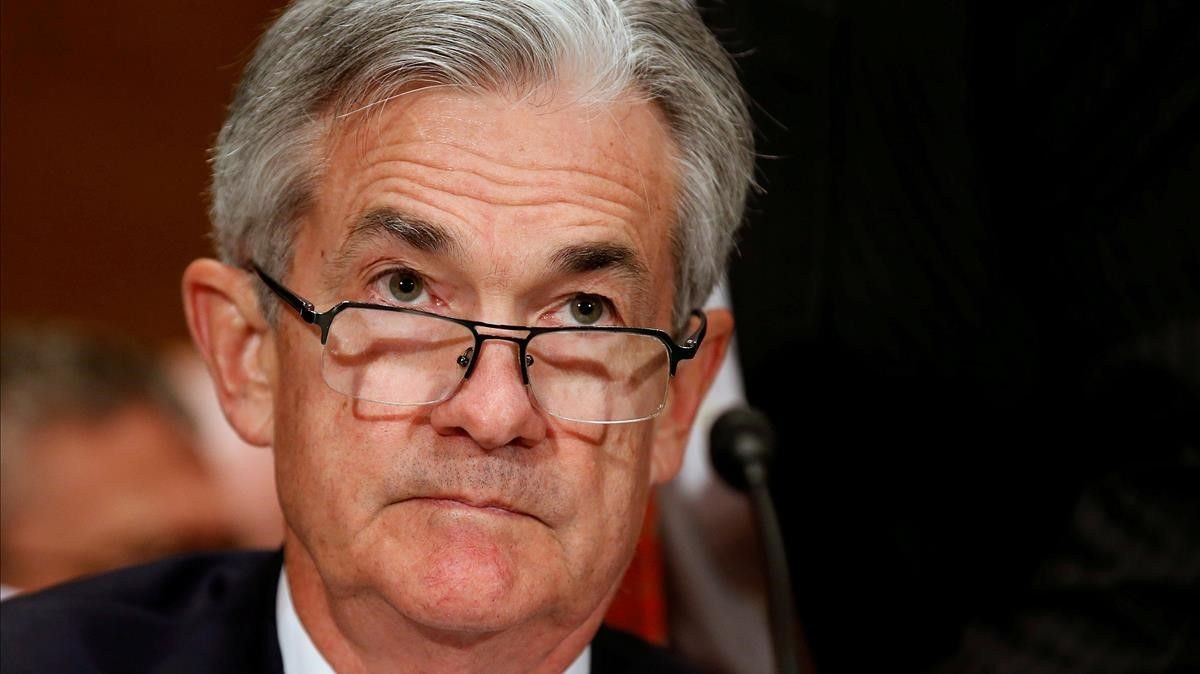The Federal Reserve maintains the rates after highlighting the economic improvement in the US. The central bank leaves interest rates intact, which range between 0% and 0.25%.
The Fed notes that employment and activity have been strengthened thanks to vaccination and public aid.
No change on the immediate horizon. The Federal Reserve has maintained interest rates in the United States and the massive asset purchase programs launched during the pandemic to lower the costs of financing companies and homes.
The central bank led by Jerome Powell has stressed at the end of its monthly meeting that both employment and economic activity ” have strengthened” thanks to progress in the vaccination campaign and injections of public money to stimulate the economy .
And although inflationregistered in March its largest monthly increase since August 2018, the Fed considers that it is still below the desired target and will continue to promote activity with accommodative policies .
At its March meeting, the central bank endorsed the optimism that has gripped the US economy, raising growth projections for this year to 6.5% of GDP from the 4.2% anticipated in December, projections that coincide with those of the International Monetary Fund .
Its economists then indicated that they intend to keep rates low until well into 2023, a claim that reflects the scant concern that the expected increase in inflation has generated so far among its members. These rates currently range between 0% and 0.25% , a very low scale in historical terms, typical of times of crisis such as the current one.
“Amid the progress in vaccinations and strong political support, indicators show that economic activity and employment have strengthened, ” said the Fed statement. Although more than eight million Americans have not yet recovered the jobs they lost during the pandemic, almost a million jobs were created in March , a figure that underpins the pace of the recovery.
“The course of the economy will depend significantly on the trajectory of the virus , including the rate of vaccination. The ongoing health crisis continues to hamper the economy and risks remain, ”the document adds.



 Bitcoin
Bitcoin  Ethereum
Ethereum  Tether
Tether  XRP
XRP  Solana
Solana  USDC
USDC  TRON
TRON  Cardano
Cardano  Lido Staked Ether
Lido Staked Ether  Avalanche
Avalanche  Toncoin
Toncoin